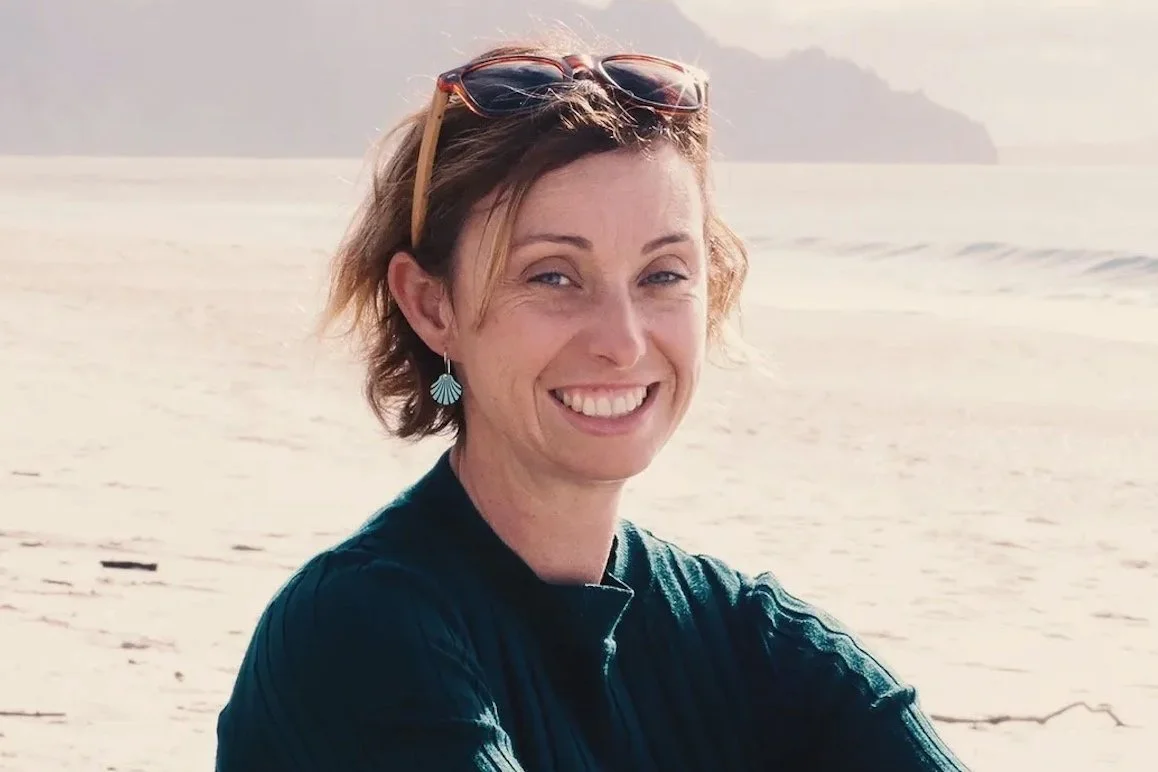Our Story |
Tā mātou kōrero
The Western Bay Museum aspires to be the best small museum in Aotearoa.
We are a registered Charitable Trust that preserves, conserves, stores and displays the historic and noteworthy items of the area to the highest standards with the support of Museums Aotearoa and Te Papa National Services Te Paerangi.
With these leading national organisations, the Western Bay Museum has developed into the unique sector leading and well-respected establishment it is today.
Our mission:
Conserving, preserving, rehoming, cataloguing & displaying items of relevance from the past as taonga.
Roles & Responsibilities of Te Tiriti o Waitangi
We pride ourselves on the strong working foundations we have built with our local hapū in Te Raki o Tauranga Moana and continue to explore how we can support Mana Whenua meaningfully in their aspirations.
Perpetuating our history and stories by making them memorable and accessible, and thereby supporting our community as it moves into the future.
We have a combined focus on our natural, physical & cultural heritage.
Our vision:
We aspire to be the best small museum in New Zealand Aotearoa, following the best in museum practices and extending to visitors the best experiences.
Meet the Team
What do we do?
Western Bay Museum is more than a museum; we’re a central part of Katikati and the wider Western Bay of Plenty Community.
Our community activities and services fall within six strategic main areas which make up our Museum Development Plan, and these are:
-
At the museum we conserve, preserve, rehome, catalogue and display items of relevancefrom the Western Bay of Plenty’s past for the public to view and enjoy.
Our recently appointed Curator will fully catalogue the museum’s collection of 11,000 items that are either on display or in a storage facility.
Future Steps: Provide educational and vocational opportunities for our youth /rangatahi. Bring taonga / treasured possessions home to the Western Bay of Plenty in collaboration with mana whenua and the residents of the Western Bay.
-
Western Bay Museum, open seven days a week, is sited in the old Fire Station, 32 Main Rd, Katikati and is a modern, uncluttered space with permanent collections,exhibitions that change three to four times a year, interactive technology and a 1900s school room.
Visitors to the museum can experience Guided Tours during the week with an experienced local volunteer. ‘Step Back in Time’ Group Tours offer the opportunity for a Guided Tour followed by scones baked in the wood range along with tea served in bone china, served by volunteers in period costume.
Future Steps: To perpetuate our history and stories by making them even more memorable and more accessible.
-
Over 40 passionate, knowledgeable and committed volunteers are involved with the museum. They offer their time, skills and experience in a variety of ways; from sharing stories of our ancestors and creating memorable experiences for our visitors to helping with conservation, restoration and preservation of treasures and tales.
-
With the Western Bay’s mana whenua, we have a shared focus on the natural, physical and cultural heritage of the rohe, with our kaupapa centred on the partnership model encapsulated in Te Tiriti o Waitangi.
We developed a Pā Harakeke to sit alongside our Rongoa garden, located behind our Museum on the banks of the Uretara Stream.
-
We provide an interactive and fun opportunity for local primary school students to Step Back in Time to the 1900s. Children, dressed in costume, experience a 1900s school lesson, bake scones on the wood range and have a chance to experience technology and machinery from the past including a rotary dial phone and a typewriter.
-
Treasuring Our Place is a nature-based programme, delivered by an environmental educator to local primary school children in the outdoor area of the museum on the banks of the Uretara Stream. The programme sits alongside a range of environmental projects being undertaken in Katikati under the ‘Taiao’ umbrella where children learn the importance of environmental protection.
Future steps: Extend the programme to local secondaryschools in line with curriculum updates in 2023.








